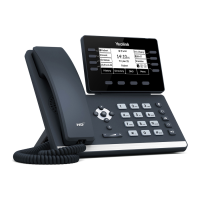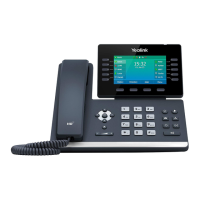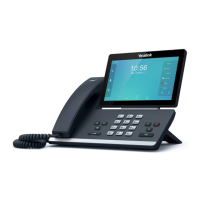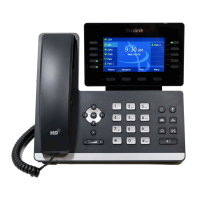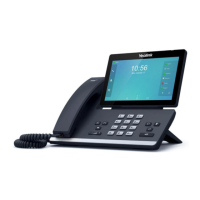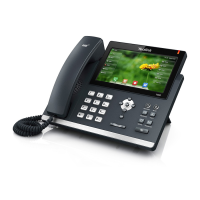Configuring Advanced Features
749
3. Enter the callee’s number in the Dial Number field.
4. Click Dial to dial out the number.
The web user interface prompts “Call Success” and the phone will automatically dial out
the number. You can click Hang Up to end the call.
If it is the first time you place a call via web user interface, the LCD screen will prompt the
message “Allow remote control?”. Press OK on the phone to allow remote control and
then the phone will automatically dial out the number.
Note
Server Redundancy
Server redundancy is often required in VoIP deployments to ensure continuity of phone service,
for events where the server needs to be taken offline for maintenance, the server fails, or the
connection between the IP phone and the server fails.
Two types of redundancy are possible. In some cases, a combination of the two may be
deployed:
Failover: In this mode, the full phone system functionality is preserved by having a
second equivalent capability call server take over from the one that has gone down/off-
line. This mode of operation should be done using the DNS mechanism from the primary
to the secondary server. Therefore, if you want to use this mode, the server must be
configured with a domain name.
Fallback: In this mode, a second less featured call server with SIP capability takes over call
control to provide basic calling capability, but without some advanced features (for
example, shared line and MWI) offered by the working server. IP phones support
configuration of two servers per SIP registration for fallback purpose.
Note
For concurrent registration mode, it has certain limitation when using some advanced features,
and for successive registration mode, the phone service may have a brief interrupt while the
server fails. So we recommend you to use the failover mode for server redundancy because this
mode can ensure the continuity of the phone service and you can use all the call features while
the server fails.

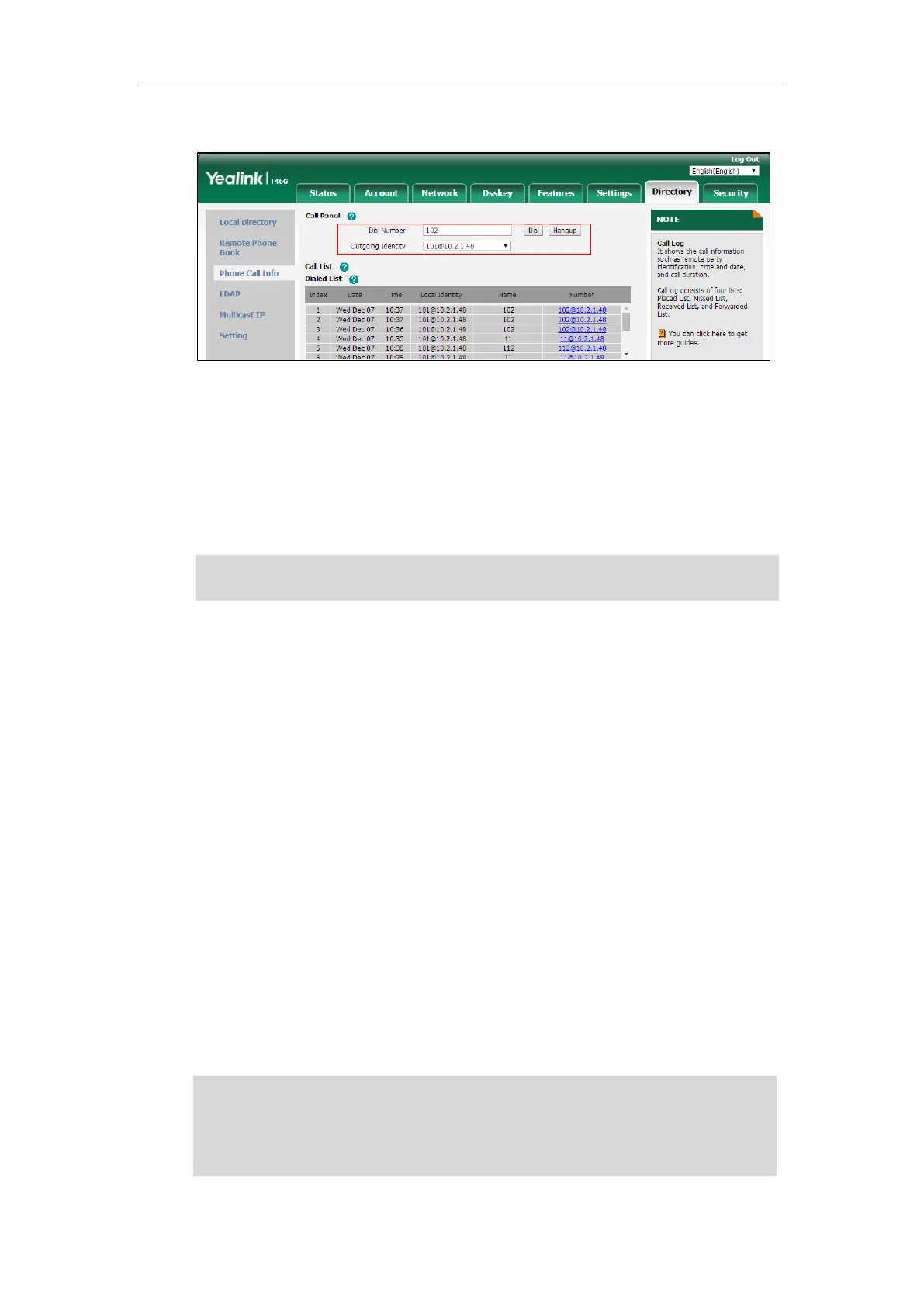